Hardening off plants: how, when and why to do it
Hardening off plants will gradually expose tender seedlings and cuttings to outdoor weather, and help them toughen up before being planted out
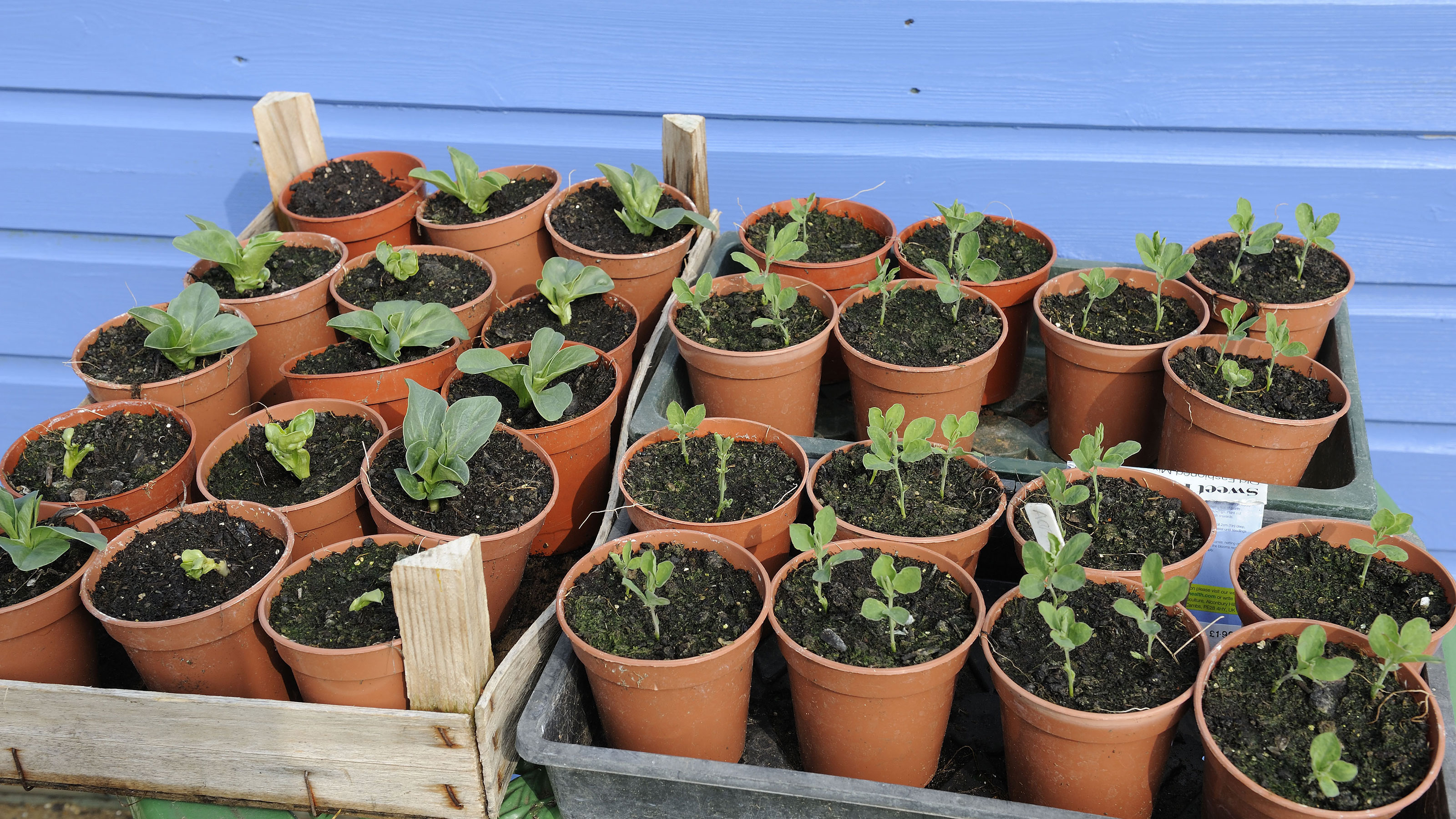

Hardening off plants means young plants being strengthened through acclimatization before being planted outside. Advocates of this process attest that via gradual exposure to the elements, baby plants grown from seed or cuttings in a greenhouse become robust enough to cope with wet, cold weather outdoors.
‘Plants are somewhat cosseted when under cover,’ says Emma O’Neill, Head Gardener at Garden Organic, near Coventry. ‘Think of moving from a house with heating to one without. Essentially, you’re toughening them up for the outdoors.’
However, anyone who likes an easy life will be pleased to hear that some garden experts disagree that hardening off – or, at least, complex hardening off – is necessary and suggest much quicker, simpler alternatives.
If you're learning how to grow flowers from seed and choose to try hardening off your home-grown plants, the process is not difficult to grasp. Follow our guide to discover how to do it and the alternative methods to consider.
What does hardening off plants mean?
Exponents of hardening off plants assert that seedlings and cuttings raised under cover (for instance, in a greenhouse or on a windowsill) need time to adjust to the weather outside before being planted out.
Over the course of 1-3 weeks, the little plants are exposed more and more to the lower temperature, lower humidity, rain, and wind outside, so that they don’t suffer a shock upon being planted in your flower beds, raised garden beds or containers.
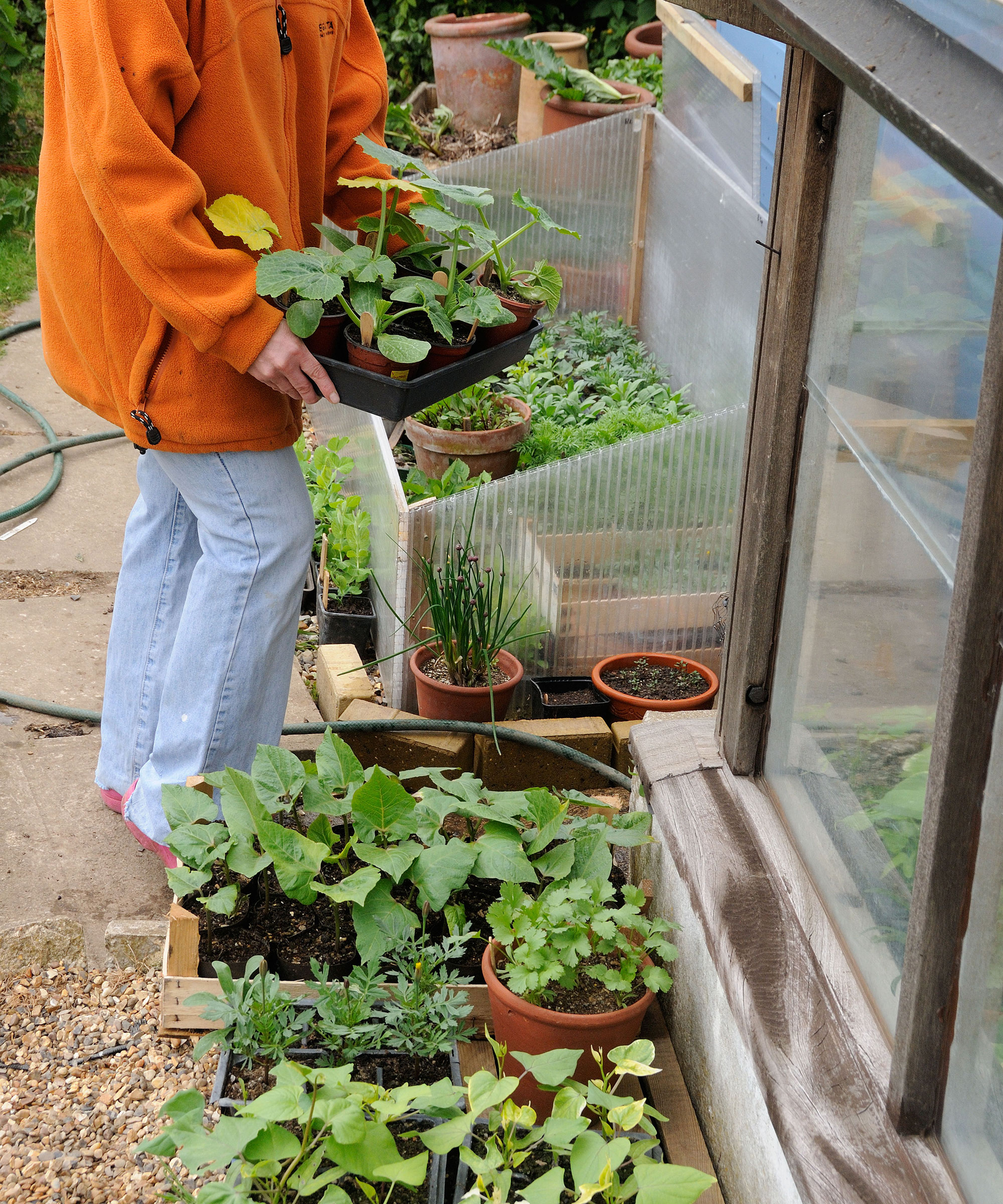
Do you need to harden off plants?
Hardening off plants is standard practice. ‘Young plants bought from nurseries or grown from seed or cuttings at home for summer display outdoors when the weather improves often need to be hardened off,’ says the Royal Horticultural Society. ‘The effect of hardening off is to thicken and alter the plant's leaf structure and increase leaf waxiness. It ensures new growth is sturdy.’
However, top gardeners who choose not to harden off young plants argue that standard practice isn’t always best practice.
‘I do not harden off plants and enjoy 100% success with new plantings,’ says gardener and author Charles Dowding, who teaches edibles gardening in Somerset, UK. ‘The only time hardening off could be necessary is if someone has raised plants in the house with artificial light because such plants can be a little soft. But that is a very small proportion of people, and I think the problem is that if you suggest something for a very small minority of exceptional cases, then before you know it that's become a general rule! I would advise saving time and effort by choosing not to harden off most plants.’
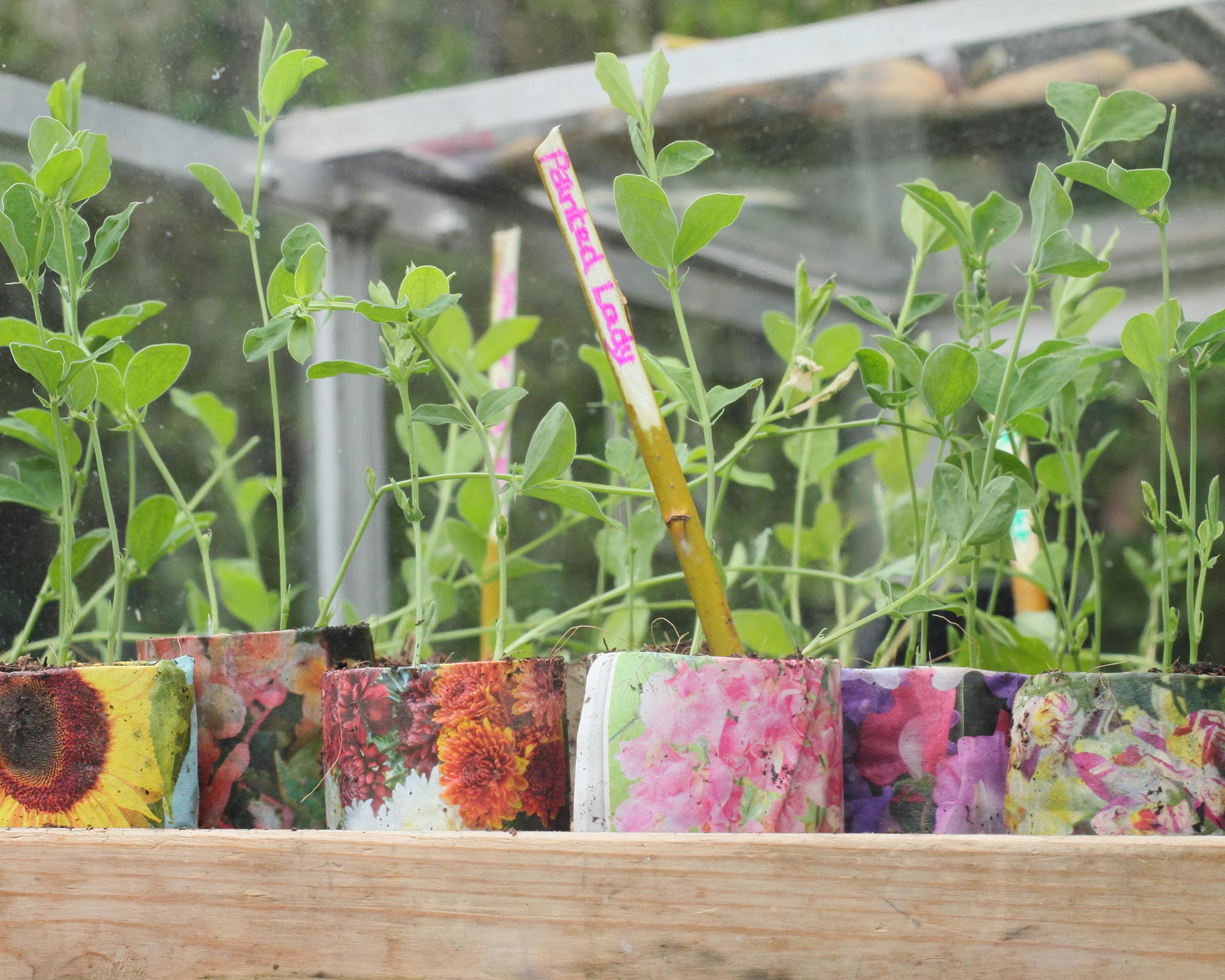
Sweet pea seedlings hardening off in a cold frame
When do you harden off plants?
In cool, temperate climates (such as the northern US and the UK), hardening off usually begins in April; although in cold regions, it starts in May. Start the process 1-3 weeks before you intend to transplant seedlings or cuttings outside.
The weather determines when to start hardening off. If it is very wet, blustery, or chilly, choose to wait until the conditions are less extreme.
How to harden off plants
Hardening off plants involves a routine that lasts for 1-3 weeks and involves three methods: sitting plants outside during the day, placing them in a cold outdoor structure, and/or covering them with horticultural fleece.
’I prefer to use a cold frame as it still provides some protection and is less of a shock than transferring straight to the outdoors,’ says Emma O’Neill, Head Gardener at Garden Organic. ‘However, it’s just as effective to take young plants outside in the day and back in at night for a few days. Then in both cases, after about a week, they can be planted out providing all chance of frost has gone.’
Here are the three different methods to try:
- Sit plants outside in the day: Every morning take your young plants outside (for example, onto the patio or terrace) and bring them back under cover at the end of the day. This works for young plants that have been raised in heated greenhouses, cooler DIY greenhouses or on a windowsill.
- Place them in a cold greenhouse or cold frame: Young plants grown in a heated glasshouse or on a windowsill indoors benefit from being placed in a cool glass structure: either a cold greenhouse or even something more basic like a DIY cold frame. Open the door of the glasshouse or frame during the day and close it again at night.
- Place plants under horticultural fleece: Some gardeners use fleece as the entirety of their hardening off process, simply sitting the plants outside under fleece for 1-2 weeks before planting; while others use methods 1 or 2 first and follow up by leaving plants out at night under fleece. Horticultural fleece (readily available from Amazon), is an effective way to protect plants from frost too, so there's less chance of you being caught out by any late frosts.
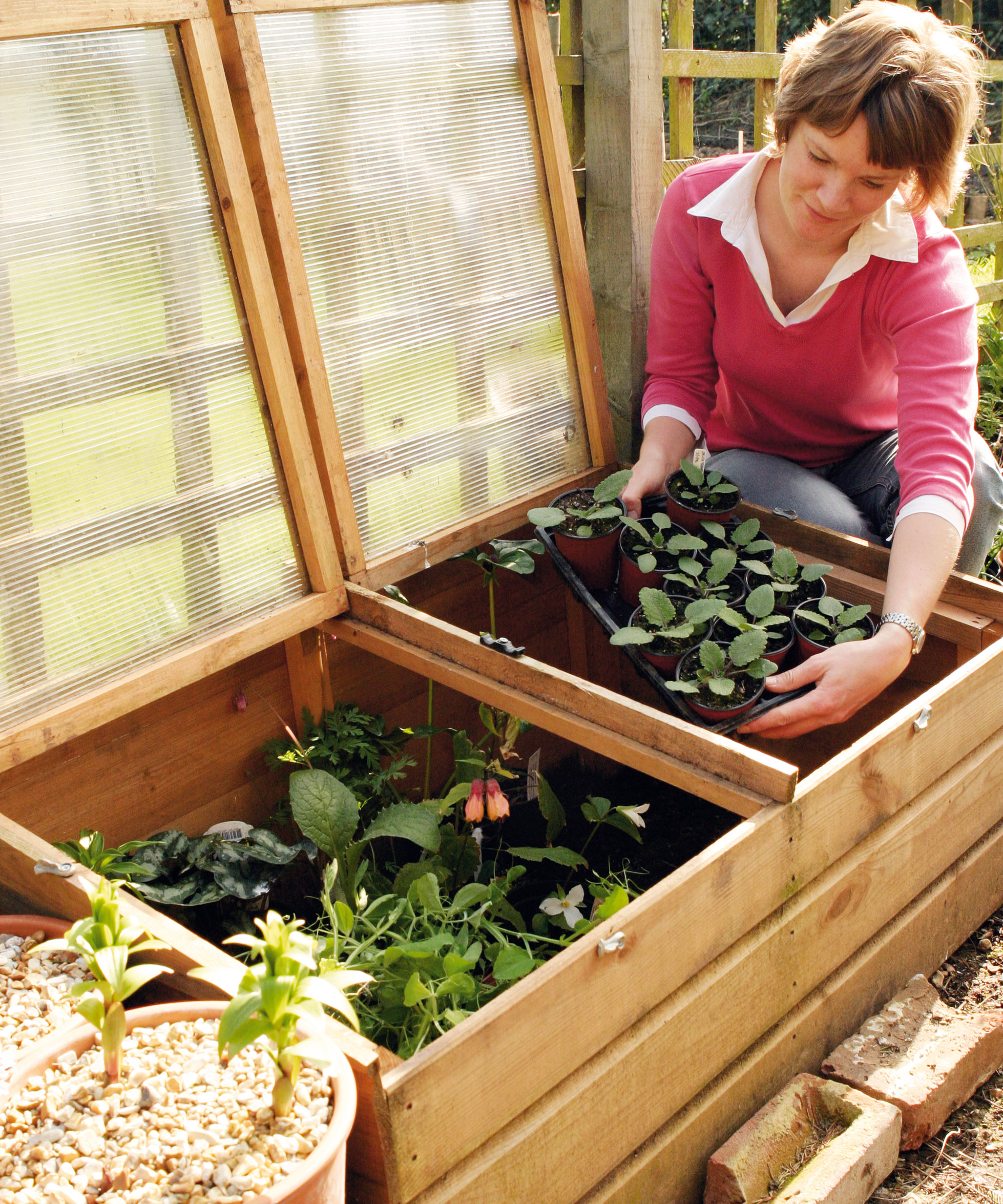
How long does it take to harden off plants?
‘Generally, 1-2 weeks is sufficient for getting young plants acclimatized to cooler conditions,’ says Nina Marshall at Chiltern Seeds. ‘However, you should still keep a keen eye on the weather forecast as whilst they will be tolerant of cooler temperatures, they will not be frost tolerant.
'Hardening off plants does not tend to take place until the after the middle of spring (but that is dependent on where you are located) when the risk of frosts has passed.’
Problems with hardening off plants and how to solve them
Seedlings are sometimes damaged during the hardening off process – usually by frost at night.
‘Sadly, frost damage to seedlings can be detrimental,’ says Nina. ‘However, you can try to revive the young plants by keeping them indoors or with frost protection such as a greenhouse or cold frame until the damaged leaves look to have visibly picked up. Keeping the compost slightly moist to help the plant absorb nutrients from the soil will also help.’
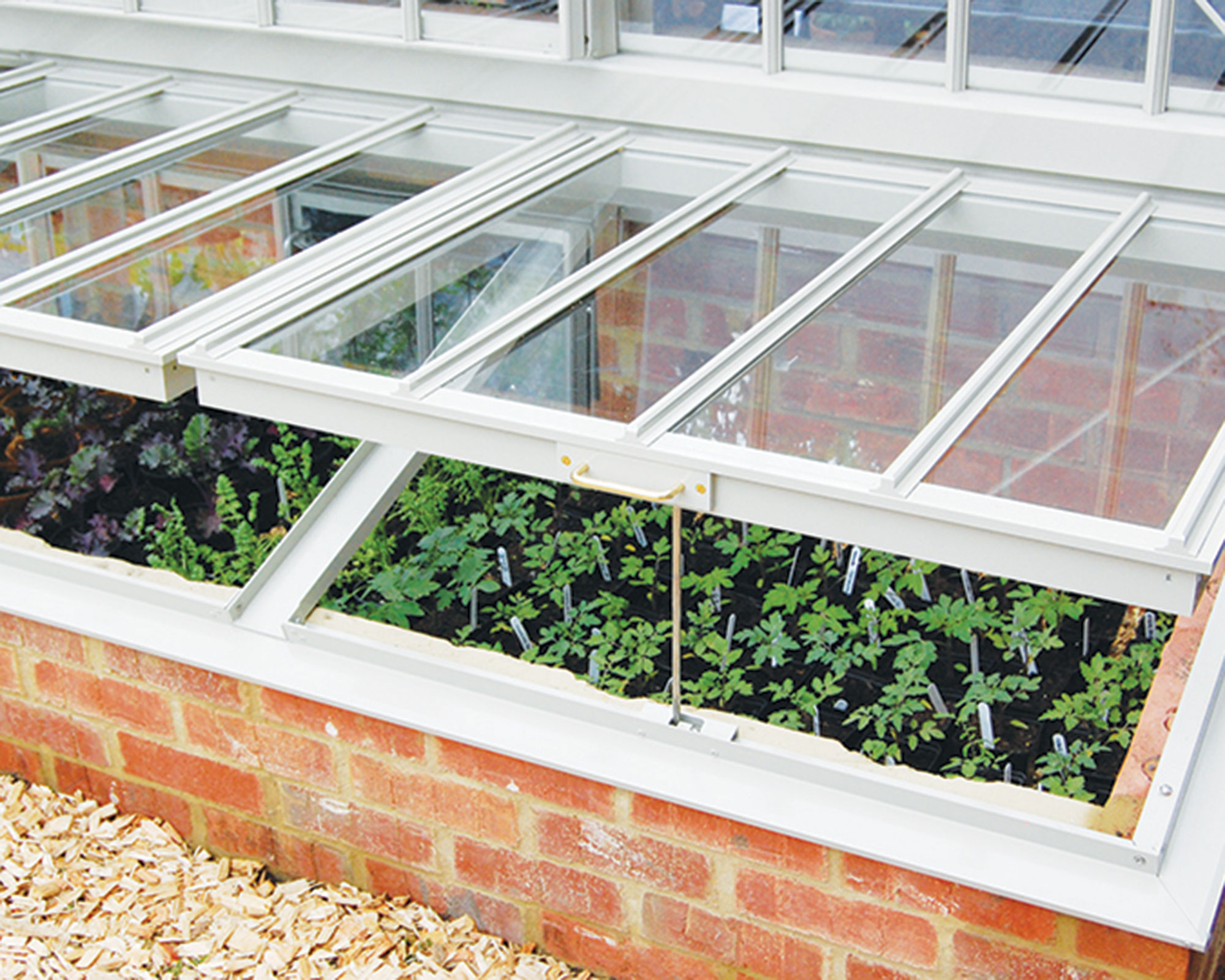
Ventilating tender plants in a cold frame can help them gradually get used to cooler temperatures
Do all plants need hardening off?
It depends who you ask! Exponents of hardening off insist that all baby plants require hardening off, while others say that their experience is that that isn’t the case.
Certainly it’s true that if you've taken cuttings from plants and then grown these or seedlings on a windowsill indoors or in a heated greenhouse, they are those most likely to benefit from hardening off. The same applies to young plants you have purchased that have been reared in a hothouse.
What happens if you don't harden off plants?
In the worst case scenario they could be damaged or killed, but it is more likely that going straight from your cozy greenhouse ideas to pots and garden borders in the great outdoors will simply slow their growth temporarily.
‘Hardening off allows plants to adapt from being in a protected, stable environment to changeable, harsher outdoor conditions,’ says the RHS. ‘If suddenly placed outside, the shock can severely check a plant's growth. Although plants usually recover eventually, hardening off is thought to be preferable to a sudden shock.’

Are there any alternatives to hardening off plants?
Gardeners who choose not to harden off opt for placing horticultural fleece over new plantings.
‘I take plants directly from the greenhouse, and they go into the soil straight away,’ says Charles Dowding. ‘In early spring when it's cool we cover the new plantings with fleece. By late spring it’s warmer and plants go straight from greenhouse to soil without fleece covers. We enjoy 100% success.’
It could be argued that placing fleece over new plantings is a simple form of hardening off rather than an alternative. However you define it, it’s definitely worth trying if you have a busy life and want more low maintenance garden ideas, because the to-ing and fro-ing of regular hardening off can be time consuming!
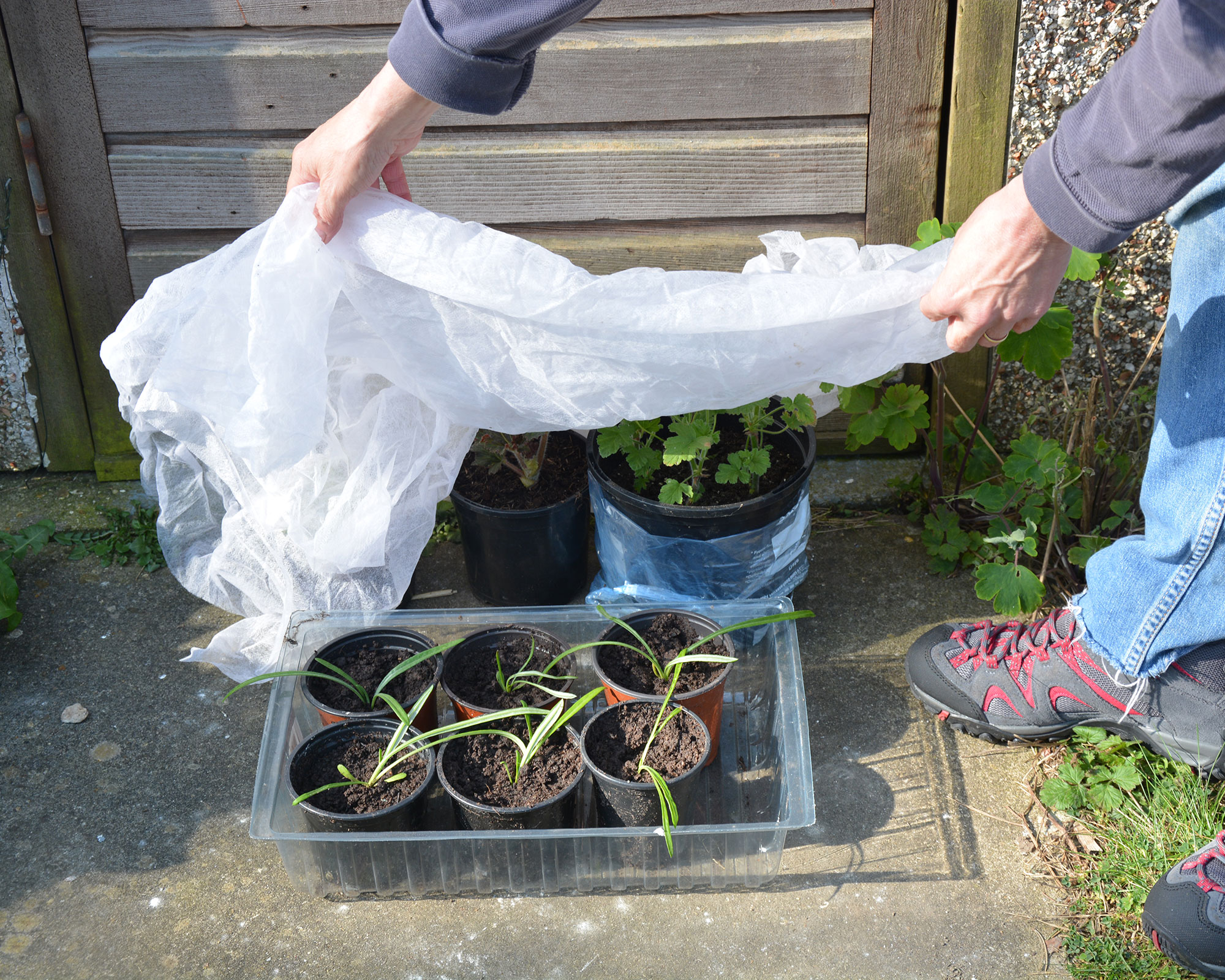
Horticultural fleece is a simple way to protect plants
Does hardening off make tender plants hardy?
No! If you want to grow exotic, tropical plants that struggle with your climate, hardening off plants when they are young will not make them hardy.

For the past 18 years, Beth has worked for and contributed to a number of leading magazines in the UK, including Real Homes, Ideal Home, Period Living, Grand Designs and Good Homes amongst others. Now the editor of Gardeningetc.com, Beth's attention is firmly outdoors. Her own garden is a really important part of her family's home, and she loves spending time tending to the veg patch or entertaining friends and family at a summer BBQ or alfresco pizza night.
